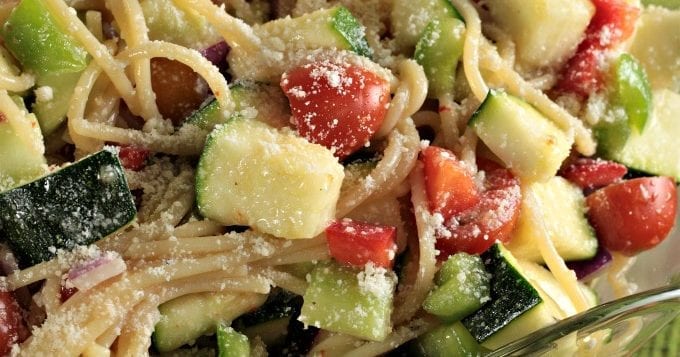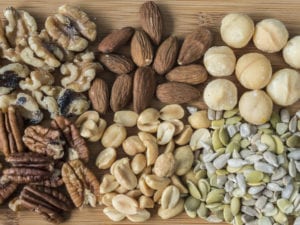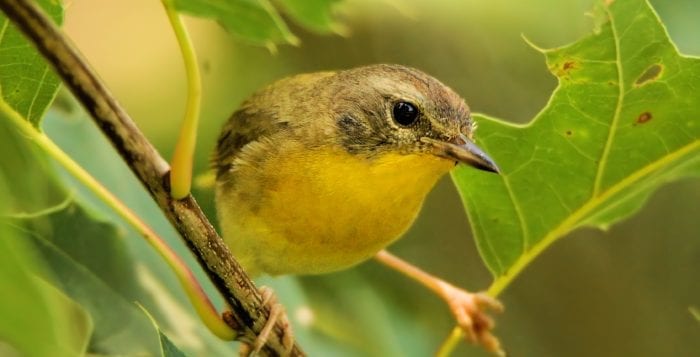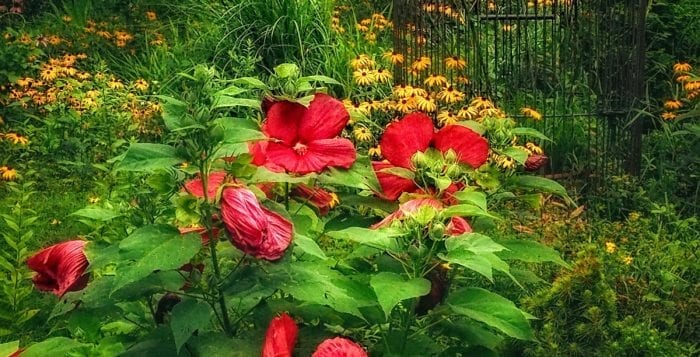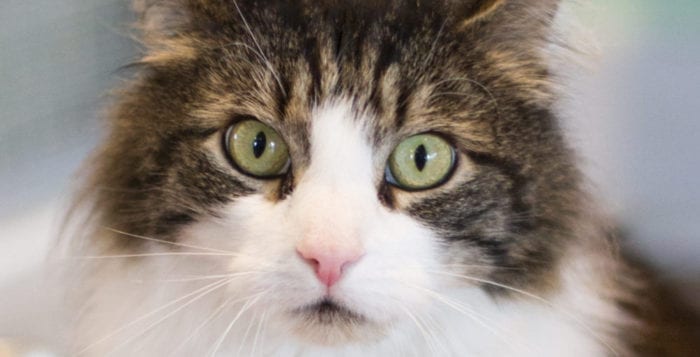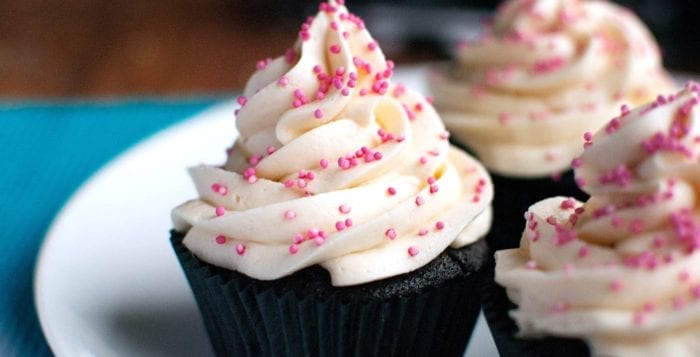By Barbara Beltrami
As much as a hearty ragu with rigatoni is welcome in the winter, so is a light sauce with capellini, spaghetti or farfalle in the summer. Summer pastas call for delicate shapes, light ingredients and minimal saucing. They also require taking advantage of summer veggies, using fresh tomatoes rather than canned ones, and seasoning with lots of fresh herbs. This is the time to let your imagination take you on a cook’s tour, to invent as you go along and to use unlikely fresh ingredients like arugula, melon (that’s right!), citrus and fish.
Summer Garden Pasta
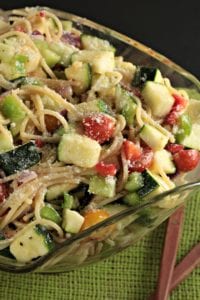
YIELD: Makes 4 servings
INGREDIENTS:
1 pound pasta
1 pound very small zucchini, washed, trimmed and cut into small dice
½ medium red onion, peeled and cut into small dice
½ medium cucumber, peeled, seeded, and cut into small dice
2 celery ribs, cut into small dice
2 large tomatoes, cut into small dice
2 carrots, peeled and minced or shredded
½ cup chopped fresh basil leaves
½ cup chopped fresh flat-leaf parsley
½ cup or more extra virgin olive oil
Sea salt and freshly ground pepper, to taste
DIRECTIONS:
Cook the pasta according to package directions. Meanwhile combine the veggies, basil and parsley in a large bowl. When pasta is al dente, drain well and add, along with the olive oil, to the veggies. Season with salt and pepper. Toss to mix. Serve immediately with a crisp dry white or rose wine.
Pasta with Baby Shrimp, Cherry Tomatoes and Chives
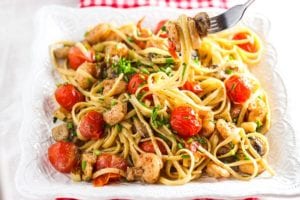
YIELD: Makes 4 to 6 servings
INGREDIENTS:
1 pound pasta
1pound baby shrimp
1/3 cup extra virgin olive oil
1 garlic clove
1 pound cherry tomatoes, halved
1 cup chopped fresh chives
Sea salt and freshly ground black pepper, to taste
DIRECTIONS:
Saute shrimp and garlic in two tablespoons of the olive oil until shrimp are pink and garlic releases its aroma, one to two minutes. Set shrimp aside; discard garlic. Cook pasta according to package directions; drain and set aside to keep warm. Meanwhile, puree tomatoes in a food processor. In a medium skillet, heat the remaining oil and add tomatoes with their juice. Cook, stirring occasionally for 10 minutes over medium heat. Add shrimp, chives and salt and pepper; continue cooking another 5 minutes until sauce is slightly thickened. Toss with pasta in a large bowl. Serve warm or at room temperature with a spinach salad.
Spaghetti with Cantaloupe and Prosciutto
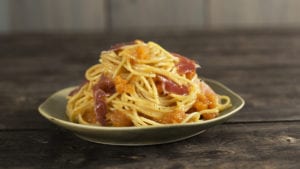
YIELD: Makes 4 to 6 servings
INGREDIENTS:
1 pound spaghettini
4 tablespoons unsalted butter
1 tablespoon olive oil
3 cups cantaloupe, rind and seeds removed, cut into small dice
1cup heavy cream
1 tablespoon freshly squeezed lemon juice
½ teaspoon tomato paste
2 ounces prosciutto, cut into ¼-inch strips
Salt and freshly ground black pepper, to taste
DIRECTIONS:
Cook pasta according to package directions. Meanwhile, in a large skillet over high heat, combine butter and oil. When very hot, but not smoking, add melon and cook, stirring frequently, for two minutes, until soft but not mushy. Add cream, lemon juice and tomato paste and cook over high heat until reduced to one-quarter its original volume. As soon as pasta is al dente, drain and transfer to large serving bowl. Toss with sauce, prosciutto, salt and pepper. Serve with a salad of baby greens and sliced grape tomatoes.

